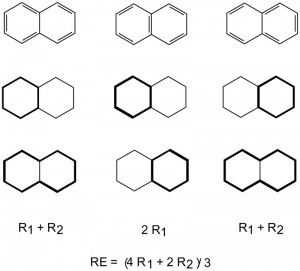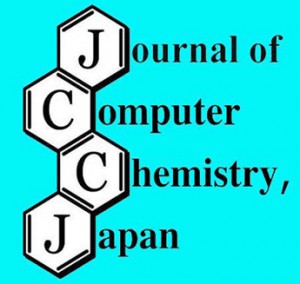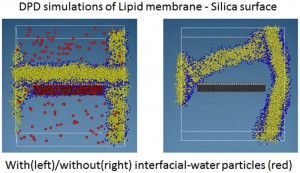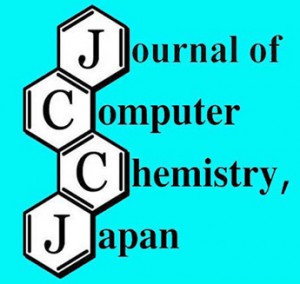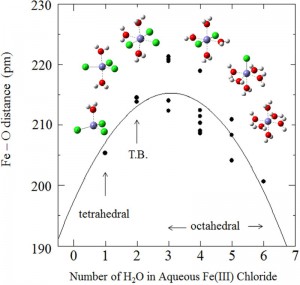[Published online Journal of Computer Chemistry, Japan Vol.16, 42-46, by J-STAGE]
<Title:> On Solved and Unsolved Problems in Chemistry
<Author(s):> Milan RANDI
<Abstract:> In this article we have illustrated one solved problem in chemistry, which left room for improvements. This instance is raising an issue when a solved problem is to be considered solved. As we will see by using novel tools, not known at the time of solving a problem, one can arrived at additional unknown information on the problem. We will consider several problems of chemistry, some even considered as having no exact solution, which have been solved by using previously unknown concepts in chemistry. The last problem which we consider has been solved, but the problem is still open, as it might have additional solutions.
<Keywords:> Conjugated Circuits, Aromaticity, “QSAR nightmare”, Young diagrams, Graphical Bioinformatics
<URL:> https://www.jstage.jst.go.jp/article/jccj/16/2/16_2017-0024/_article/-char/ja/
<Title:> On Solved and Unsolved Problems in Chemistry
<Author(s):> Milan RANDI
<Abstract:> In this article we have illustrated one solved problem in chemistry, which left room for improvements. This instance is raising an issue when a solved problem is to be considered solved. As we will see by using novel tools, not known at the time of solving a problem, one can arrived at additional unknown information on the problem. We will consider several problems of chemistry, some even considered as having no exact solution, which have been solved by using previously unknown concepts in chemistry. The last problem which we consider has been solved, but the problem is still open, as it might have additional solutions.
<Keywords:> Conjugated Circuits, Aromaticity, “QSAR nightmare”, Young diagrams, Graphical Bioinformatics
<URL:> https://www.jstage.jst.go.jp/article/jccj/16/2/16_2017-0024/_article/-char/ja/
